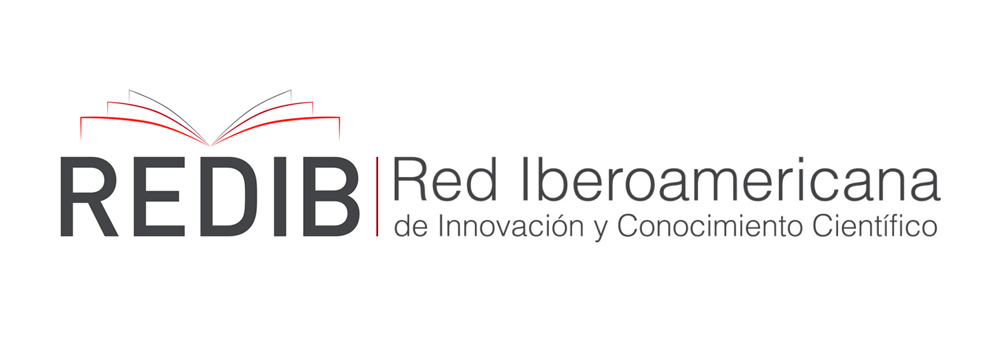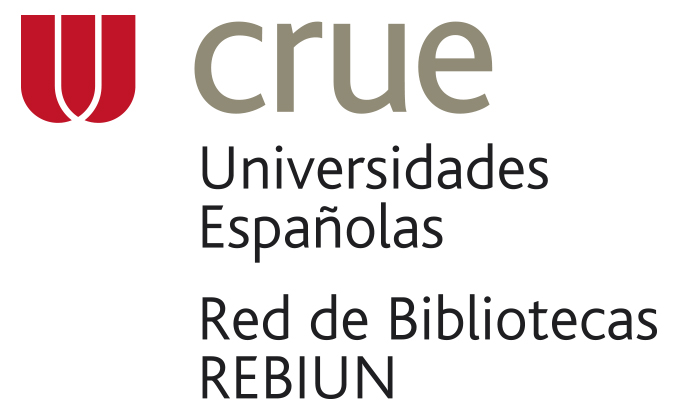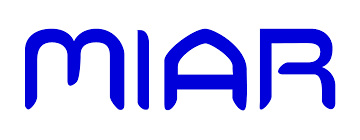Teaching creative thinking. A systematic look
DOI:
https://doi.org/10.35622/j.rie.2022.01.010Keywords:
teacher creativity, strategies, creative thinkingAbstract
The objective was to systematize evidence of the development of creative thinking and its potentialities with a view from the educational field, highlighting the aspects of creativity in teachers. A systematic review of articles from the Proquest, Scopus, and Eric databases was carried out. Relevant information was selected. To obtain results, the information was systematized, considering the thematic axes as aspects of creativity, characteristics, and strategies for teaching creative thinking. It is concluded that creative teaching thinking is of great importance because it favors innovation. In addition, it is an essential aspect in today's world, so it must be permanently strengthened and thus contribute to its development.
References
Al-Mahasneh, R. (2018). The role of teachers in establishing an attractive environment to develop the creative thinking among basic stage students in the schools of Tafilah governorate according to their own perspective. Journal of Curriculum and Teaching, 7(1), 206. https://doi.org/10.5430/jct.v7n1p206
Almansa, P. (2012). Qué es el pensamiento creativo. Index Enfermeria, 21(3). https://doi.org/10.4321/S1132-12962012000200012
Arturo, D., & Delgado, L. (2010). Vuelo de Quindes: propuesta psicopedagógica para el desarrollo del pensamiento creativo. Universidad de Nariño.
Barzola, V., Posligua, J., & Chenche, W. (2017). La estimulación infantil para niños de 0 – 4 años. Propuesta: guía para madres comunitarias del sector nor-oeste del Cantón Durán. Dominio de las Ciencias, 3(3). https://doi.org/10.23857/dom.cien.pocaip.2017.3.3.jun.990-1019 N
Blanquiz, Y., & Villalobos, M. F. (2018). Estrategias de enseñanza y creatividad del docente en el área de ciencias sociales de instituciones educativas de media de San Francisco 1. Telos Revista de Estudios Interdisciplinarios en Ciencias Sociales, 20(2), 356-375. https://doi.org/10.36390/telos202.07
Caldwell, H., Whewell, E., & Heaton, R. (2020). The impact of visual posts on creative thinking and knowledge building in an online community of educators. Thinking Skills and Creativity, 36. https://doi.org/10.1016/j.tsc.2020.100647
Carvalho, T., Fleith, D., & Almeida, L. (2021). Desarrollo del pensamiento creativo en el ámbito educativo. Revista latinoamericana de estudios educativos, 17(1), 164-187. https://doi.org/10.17151/rlee.2021.17.1.9
Chávez, B., & González, M. (2019). Creatividad y habilidades de pensamiento: Programa de enriquecimiento para niños con bajo rendimiento intelectual. Revista Iberoamericana de Psicología, 13(1), 163-175. https://doi.org/10.33881/2027-1786.rip.13115
Crot, L. (2013). Planning for sustainability in non-democratic polities: the case of Masdar city. Urban Studies, 50(13), 2809-2825. https://doi.org/10.1177/0042098012474697
De Bono, E. (2009). Creatividad. 62 ejercicios para desarrollar la mente. En McQuaigGroup, Inc. Paidós.
De la Torre, S. (1995). Creatividad aplicada. Recursos de formación creativa (1a ed.). Escuela Española.
De la Torre, S., & Violant, V. (2020). Escuelas Creativas. Creatividad y sociedad: revista de la Asociación para la Creatividad, 32, 5-9. https://dialnet.unirioja.es/servlet/articulo?codigo=7892531
Dolorier, R. (2017). The pedagogical innovation proyect and its relationship with school. 08, 262-272.
Galvis, R. (2007). El proceso creativo y la formación del docente. Laurus, 13(23), 82-98. https://www.redalyc.org/pdf/761/76102305.pdf
Guilford, J. (1977). La naturaleza de la inteligencia humana. Paidos Iberica, Ediciones S. A.
Jamer, G. V., Lilia, H. M., Teresa, O. C., Carmencita, S. C., Magno, S. S., Alexander, A. R., & Lilier, D. C. (2020). Mishkinchando la creatividad y la autonomía al estilo Shimishanga: sistematización de la experiencia de la I.E. 18214, Cochamal, Rodríguez de Mendoza, Amazonas. Ministerio de Educación. https://repositorio.minedu.gob.pe/handle/20.500.12799/6980
Ma’alouli, R. (2010). Quality of the material environment of the school and its relation to environmental activities (survey - dimension study in the basic education schools - Damascus). Universidad de Damasco, 3, 97-136. https://doi.org/10.5430/jct.v7n1p206
Nour, E., & Zare, Z. (2015). The relationship between critical thinking ability and listening comprehension ability of Iranian EFL learners. International Journal of Research Studies in Language Learning, 4(3), 47-59. https://doi.org/10.5861/ijrsll.2014.903
Oppenheimer, A. (2014). Crear o morir: La esperanza de Latinoamérica y las cinco claves de la innovación. Debolsillo.
Pacheco, V. (2003). La inteligencia y el pensamiento creativo: aportes históricos en la educación. Educación, 27(1), 17-26. https://www.redalyc.org/pdf/440/44027103.pdf
Qatami, Y. (2013). Cognitive learning and teaching strategies (1st floor). Al-Masirah Publishing House, Amman.
Robinson, K. (2014). ¿Cómo matan las escuelas la creatividad? TED Radio Hour. https://www.npr.org/2014/10/03/351552772/how-do-schools-kill-creativity
Rosales, K., & López, F. (2020). El pensamiento creativo para disminuir el rezago en la asignatura de física. Revista de Desarrollo Sustentable, Negocios, Emprendimiento y Educación, 2(12). https://www.eumed.net/rev/rilcoDS/12/pensamiento-creativo.html
Runco, M., & Jaeger, G. (2012). The standard definition of creativity. Creativity Research Journal, 24(1), 92-96. https://doi.org/10.1080/10400419.2012.650092
Schmoelz, A. (2018). Enabling co-creativity through digital storytelling in education. Thinking Skills and Creativity, 28, 1-13. https://doi.org/10.1016/j.tsc.2018.02.002
Shaughnessy, M. (1998). An Interview with E.Paul Torrance : About Creativity. Educational Psychology Review, 10(4), 441-452. https://doi.org/10.1023 / A: 1022849603713
Suárez, N., Gómez, V., & Morales, T. (2017). La creatividad del docente para la formación de vivencias afectivas positivas hacia el aprendizaje. Revista Conrado, 14(62), 74-83. http://scielo.sld.cu/scielo.php?script=sci_arttext&pid=S1990-86442018000200013
Torrance, P. (1965). Como es el niño sobredotado y cómo enseñarle. Paidós.
Velásquez, J. (2017). Estrategias de enseñanza creativa: investigaciones sobre la creatividad en el aula. En Universidad de La Salle (Número 35). http://biblioteca.clacso.edu.ar/Colombia/fce-unisalle/20180225093550/estrategiasen.pdf
Villacrez, M. (2017). Habilidades de pensamiento creativo en maestros en formación. Pensamiento y Acción, 22, 78–94. https://revistas.uptc.edu.co/index.php/pensamiento_accion/article/view/7400
Yaqoob, M. (2012). Developing creative thinking: using a cognitive teaching model in literature classroom. The International Journal of Learning: Annual Review, 18(6), 71-82. https://doi.org/10.18848/1447-9494/CGP/v18i06/47645
Yildiz, C., & Guler, T. (2021). Exploring the relationship between creative thinking and scientific process skills of preschool children. Thinking Skills and Creativity, 39, 100795. https://doi.org/10.1016/j.tsc.2021.100795
Published
Issue
Section
License
Copyright (c) 2021 Edith Vásquez

This work is licensed under a Creative Commons Attribution 4.0 International License.



























